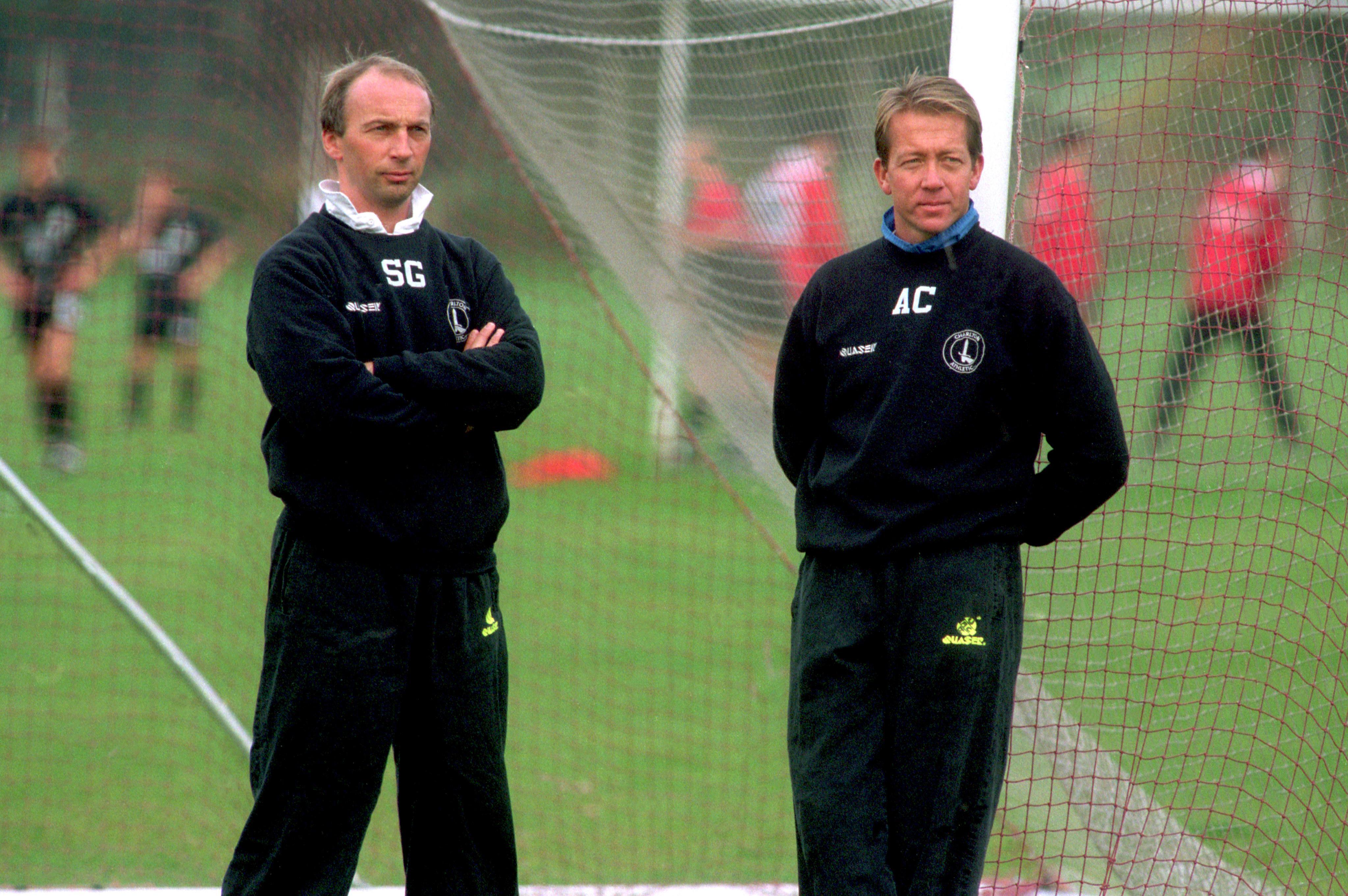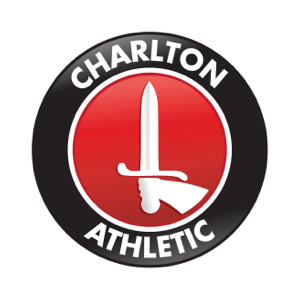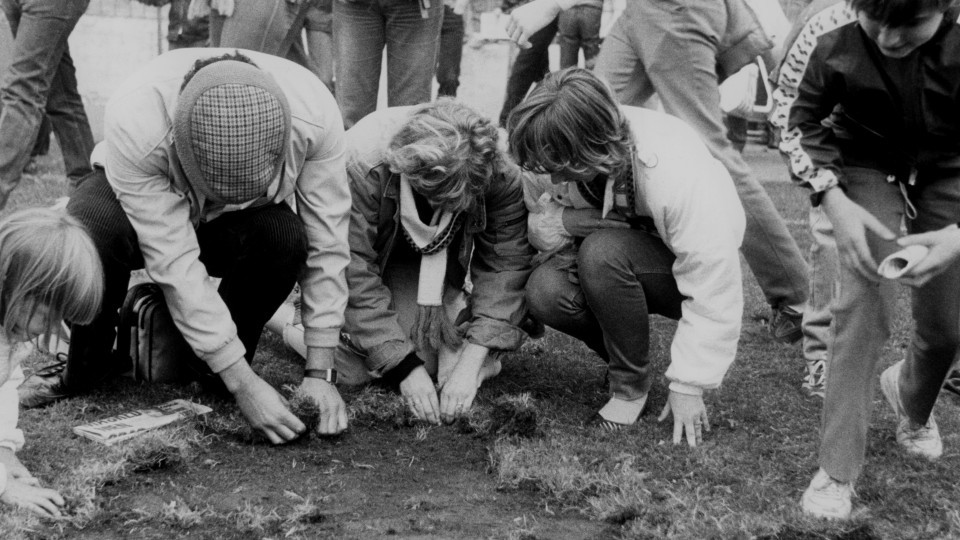1984-1991: Turmoil
1984: Club on brink of extinction, saved with 30 minutes to spare
Charlton faced a bankruptcy hearing at the High Court on March 8th, 1984. The Football League set a 5pm deadline and it looked like the club was heading for extinction before a rescue package by the Sunley Group was approved with just 25 minutes to spare, with John Fryer becoming Chairman.
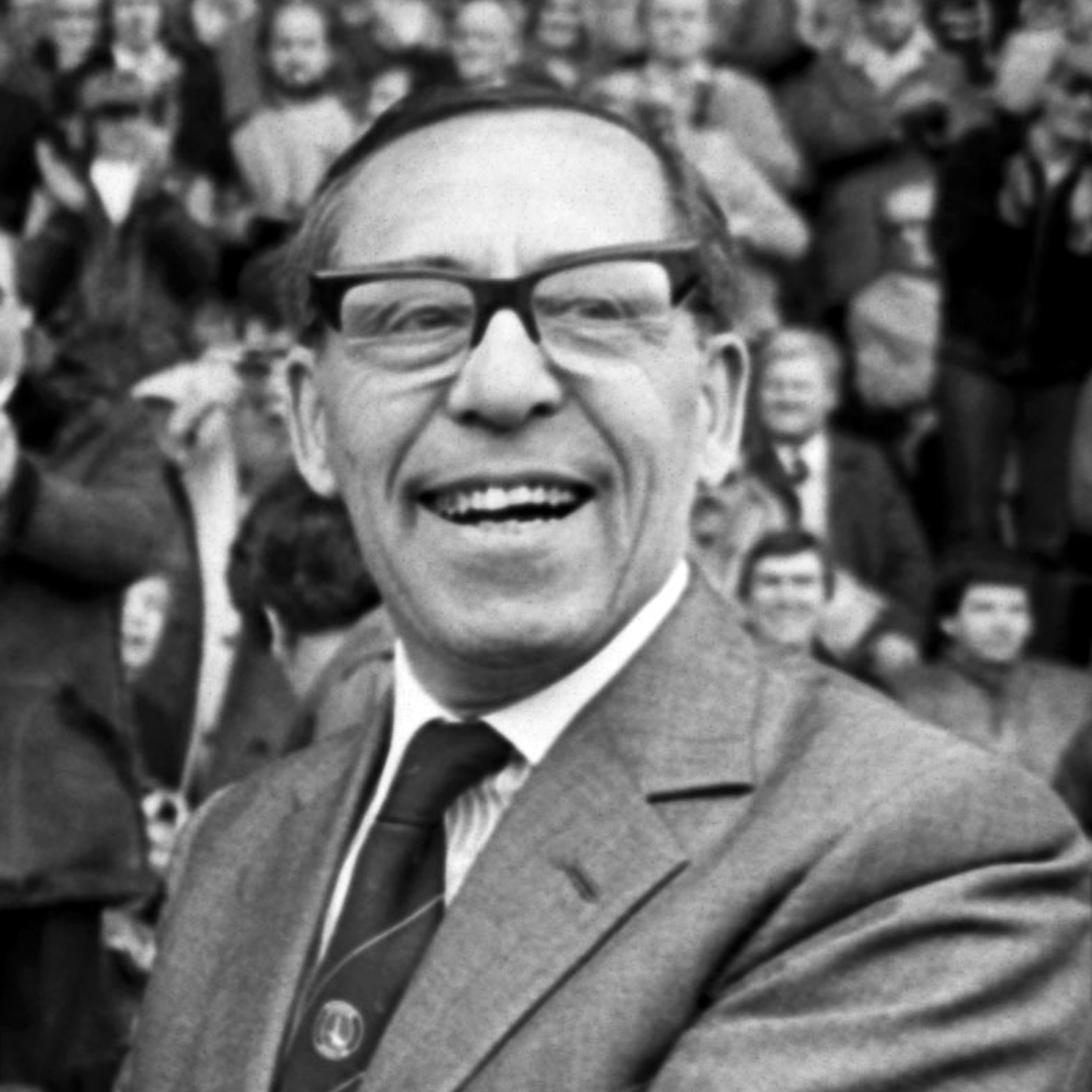
1985: Charlton leave The Valley
In September 1985, the bombshell was dropped on supporters that Charlton would be leaving The Valley to move to Selhurst Park.
With the club’s new board unable to retain the freehold of The Valley from former Chairman Michael Gliksten, who wanted to reclaim two acres of land behind the West Stand, the decision was made to move away from Charlton’s home.
On September 21st, 1985, the Addicks played their ‘last’ game in SE7, beating Stoke City 2-0 with Robert Lee grabbing the final goal before the club’s exile, while fans invaded the pitch in protest of the move at half-time and after the match.
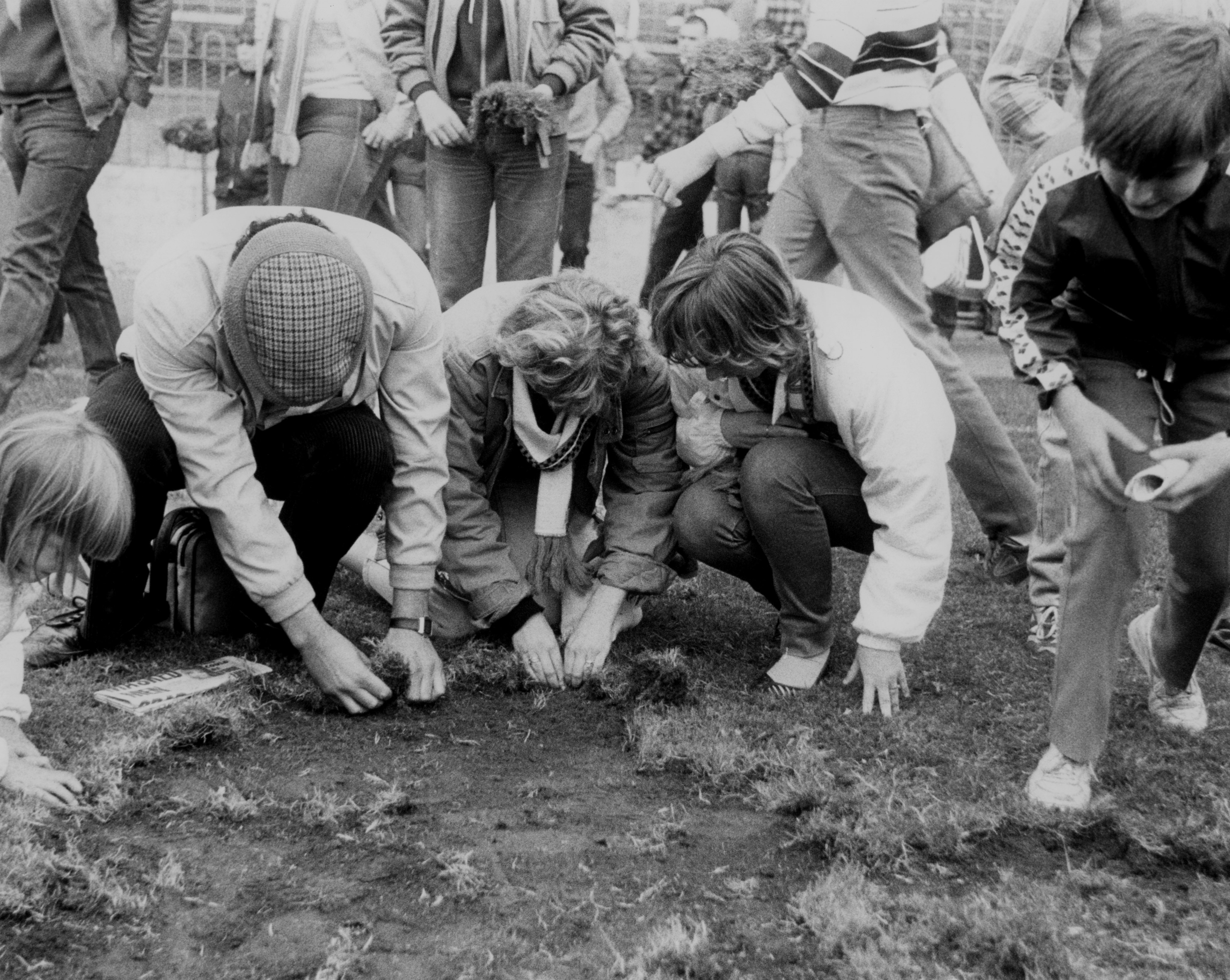
1986: Promoted to First Division despite turmoil
Despite the turmoil surrounding the club’s move to Selhurst Park, Lennie Lawrence led Charlton to promotion to the First Division against all odds.
A 3-2 victory at Carlisle United on May 3rd, 1986 made certain of second place and a return to the top tier for the first time in 29 years.
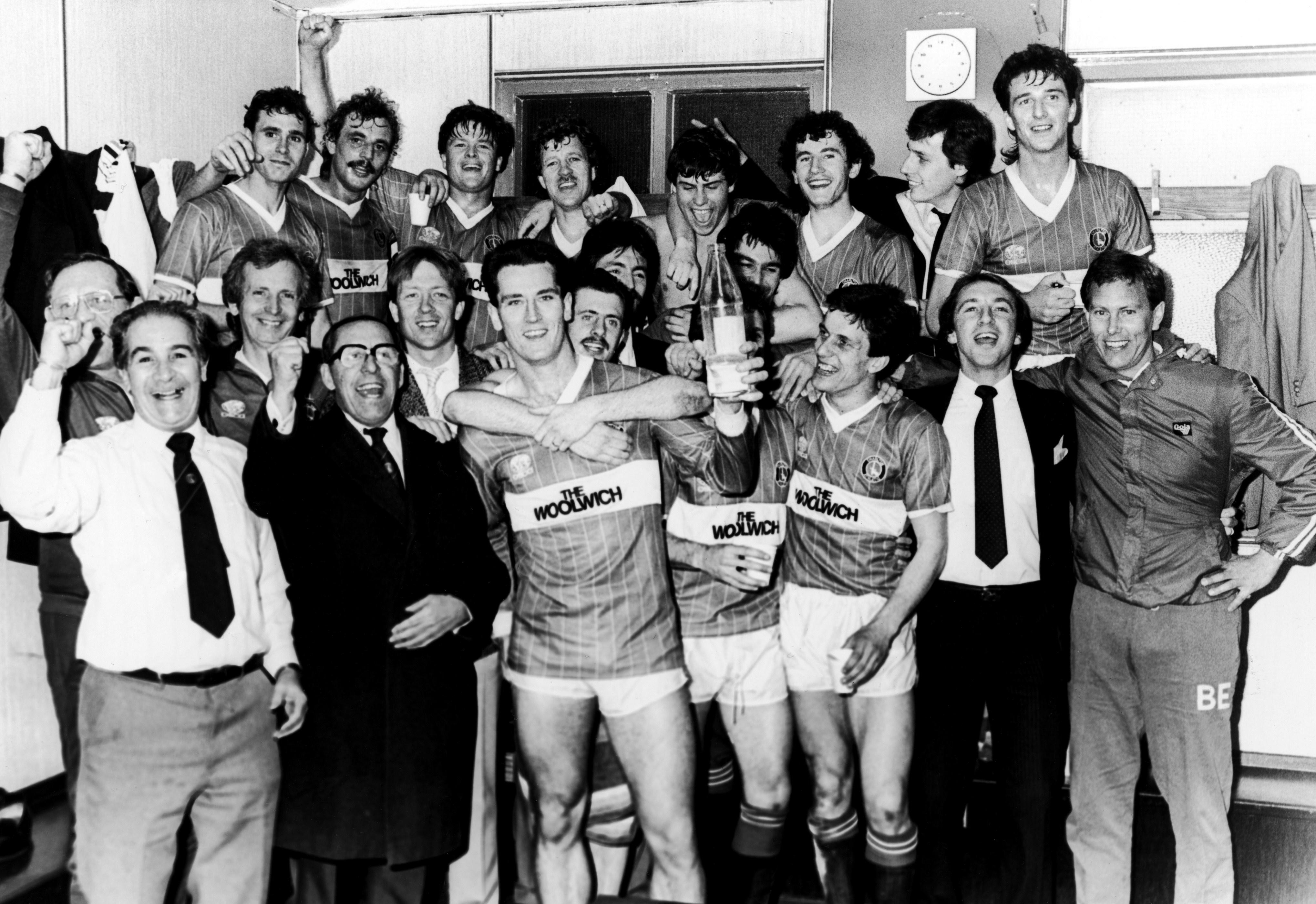
1987: First Division play-off winners
An eventful first season back in the First Division included Jim Melrose scoring the club’s quickest ever goal after just nine seconds in a 3-1 win against West Ham United at Upton Park, while a return to Wembley was secured in the Full Members’ Cup, with the Addicks losing 1-0 to Blackburn Rovers in the final.
But the 1986/87 campaign will always be remembered for its dramatic conclusion as Charlton took part in the first incarnation of the newly-introduced play-off system.
The Addicks finished fourth from bottom, meaning they would fight for their top-flight status against Second Division Ipswich Town in a two legged semi-final before coming up against Leeds United in the final.
The first-leg of the final saw Melrose score an 87th-minute winner at Selhurst Park, before Leeds levelled matters in the second leg at Elland Road. With an aggregate score of 1-1, it all came down to a replay at the neutral venue of Birmingham City’s St Andrew’s.
After a goalless 90 minutes, the Yorkshiremen took the lead in the 99th minute through John Sheridan, but Peter Shirtliff would prove to be the unlikely hero for Charlton.
With just seven minutes of extra-time remaining, he stroked the ball home to make it 1-1, before heading in from a well-worked free-kick to keep his side in the First Division and send the vastly-outnumbered travelling Addicks into raptures.
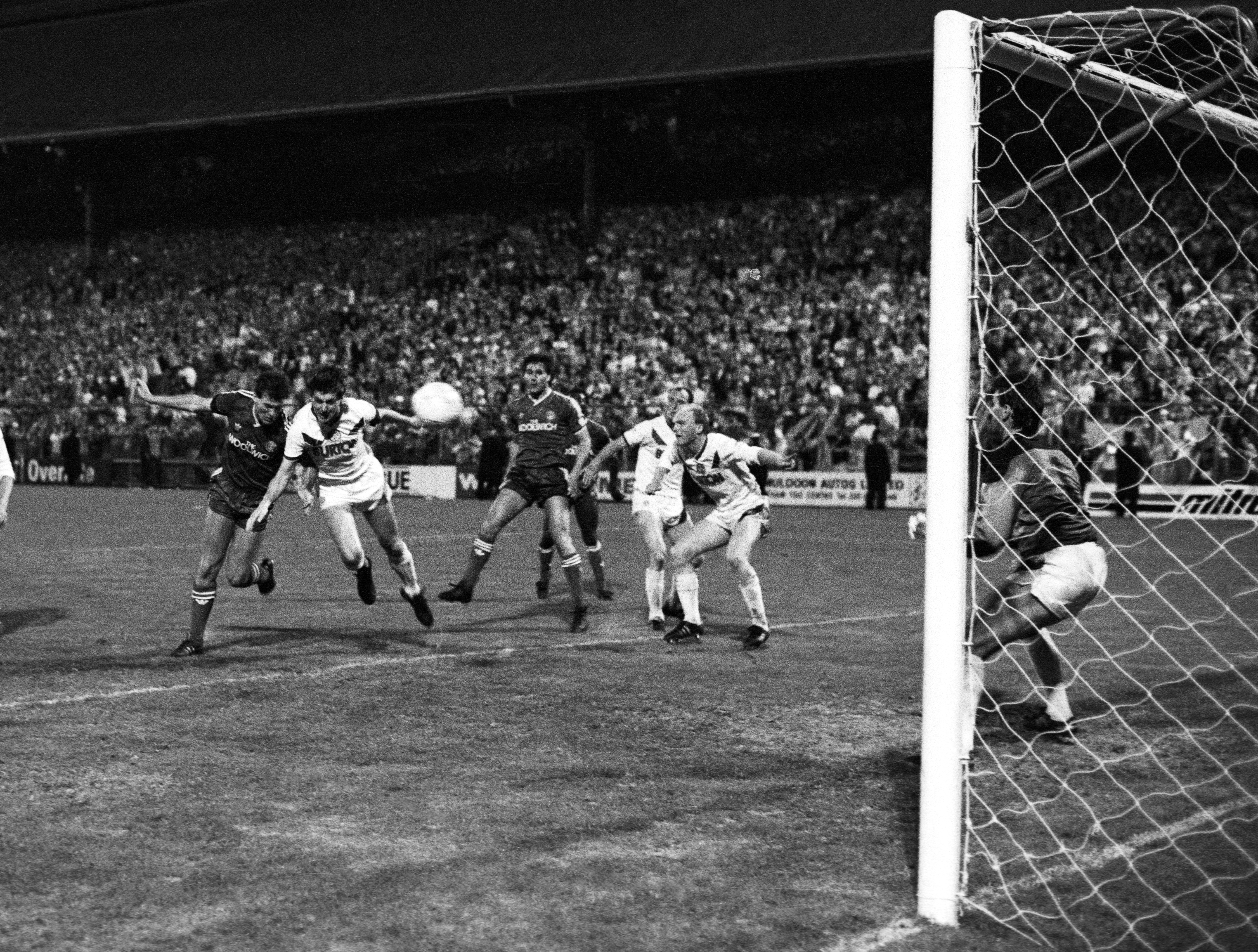
1988: Battle of the Bridge
In March 1988, Roger Alwen joined the board and, along with Mike Norris, secured the freehold to The Valley, prompting fresh optimism of a return, while Lennie Lawrence masterminded another season of survival in the top flight, securing safety in a classic final-day encounter at Chelsea which was dubbed ‘The Battle of the Bridge’.
The Addicks had to avoid defeat to miss the play-offs for a second successive season, while Chelsea had to win to divert the same fate.
Gordon Durie put the Blues ahead via the penalty spot early on, but Paul Miller’s 65th-minute equaliser proved vital and was the goal that earned a 1-1 draw and, ultimately, safety from a tension-filled afternoon in west London.
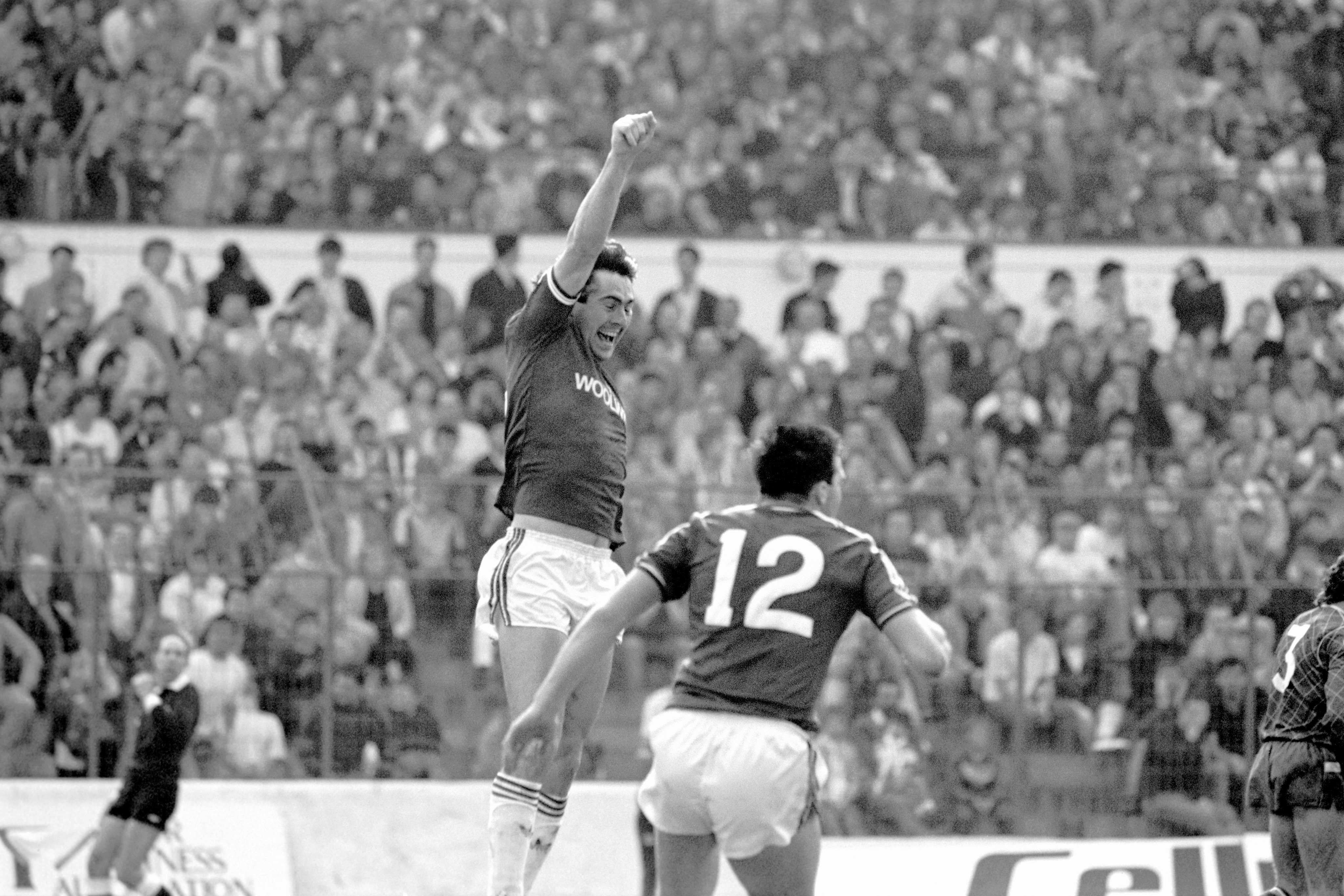
1989: Cleaning up The Valley
The club announced that it was their intention to return to The Valley, sparking a clean-up operation that saw thousands of supporters voluntarily head to SE7 to tidy up the ground after the years of neglect. This was the beginning of the long process of recovery.
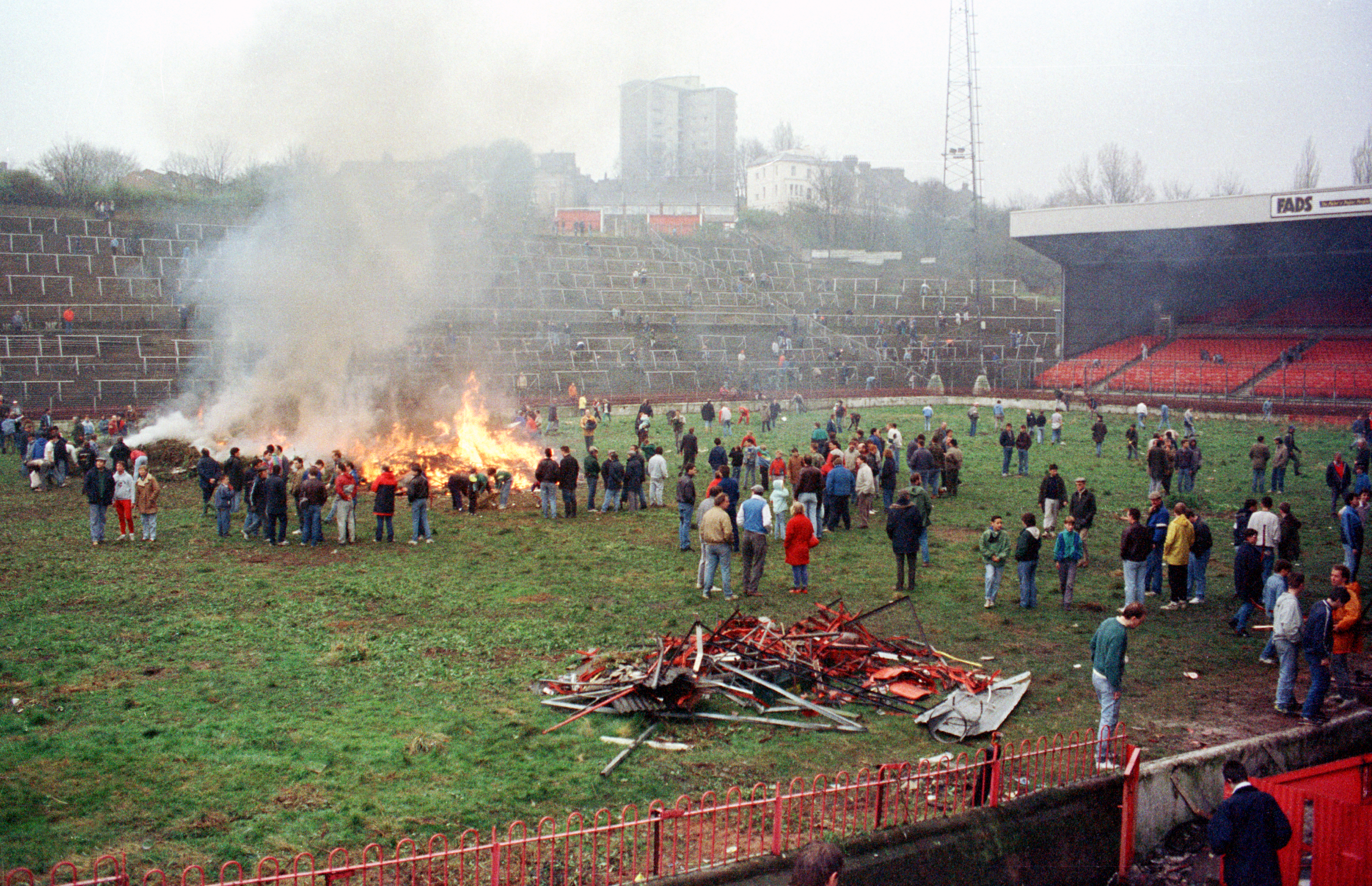
1990: Valley Party is formed
After Greenwich Council rejected Charlton’s planning application for a return to The Valley, political history was born with the creation of the Valley Party.
A highly impressive campaign saw supporters put in place a plan to contest all 36 wards in the local election. 60 candidates and a host of dedicated Addicks canvassed Greenwich to ensure maximum publicity for Charlton’s fight to return home, ultimately earning 14,838 votes.
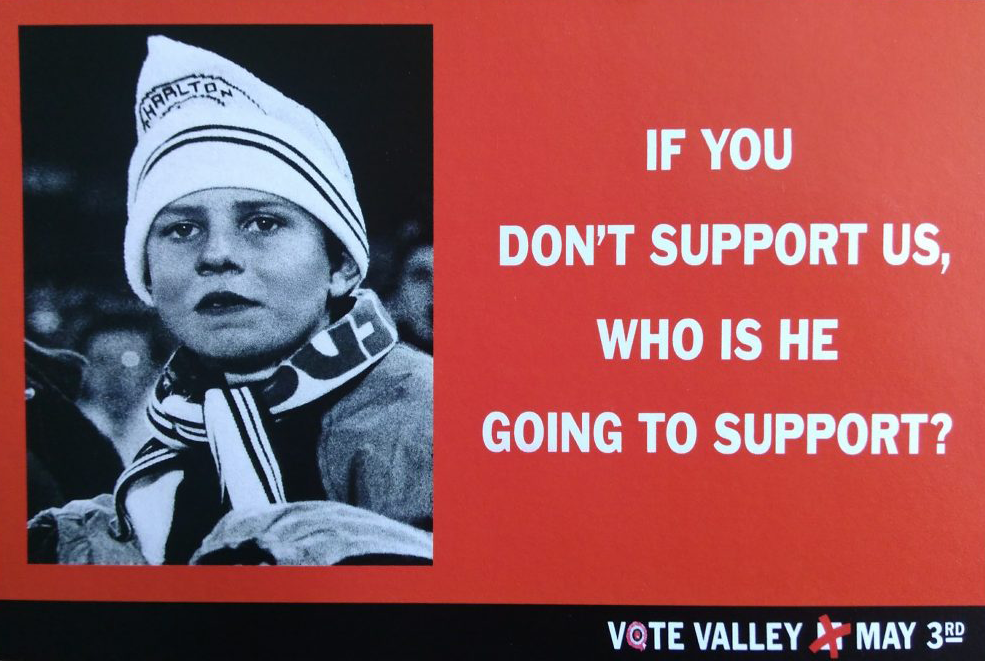
It would become a major factor in the club’s eventual homecoming, but on the pitch, four years in the top flight came to an end with relegation back to Division Two following the 1989/90 season.
1991: Lennie leaves, Curbishley and Gritt take over
Two years to the day after supporters had embarked on a clean-up operation at The Valley, the club’s new planning application for a return to SE7 was approved by Greenwich Council and there were jubilant scenes at Woolwich Town Hall with the green light finally on for Charlton to head home.
Come the start of the 1991/92 campaign, the club had departed Selhurst Park, but The Valley was nowhere near ready for a return, meaning West Ham United’s Upton Park would be the short-term solution for the next season and a half.
Meanwhile, Lennie Lawrence shocked fans by leaving the club for Middlesbrough after nine years in charge and there were more than a few eyebrows raised when his replacement, or rather, replacements were announced.
Alan Curbishley and Steve Gritt were initially named as Joint First-Team Coaches, before the title was upgraded to Joint Managers for the 1992/93 season, while the duo also remained registered as players.
Their first season proved positive, finishing in seventh position in the Second Division, only missing out on a play-off place on the final day.
